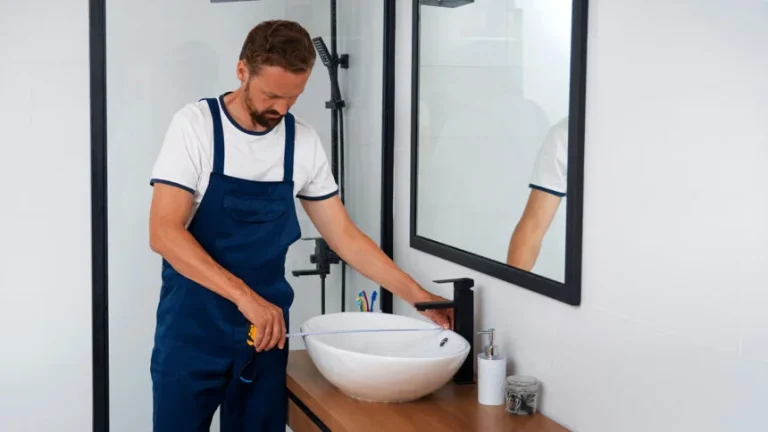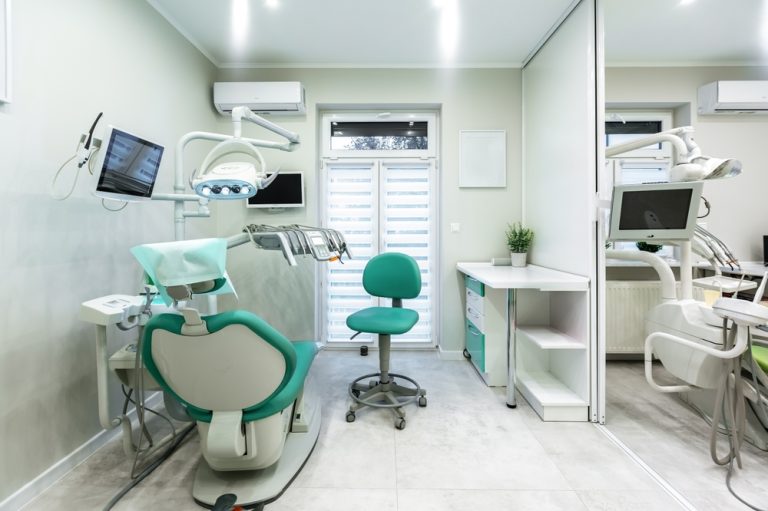Metal building construction has gained popularity recently because of its long lifespan, low maintenance costs, and adaptability to a wide range of aesthetic preferences. Metal structures may be used for everything from commercial warehouses to private residences.
Metal has its advantages and disadvantages, just like any other construction material. To help you decide whether metal building construction is best for your project, we’ll look at the pros and downsides of using metal in this piece. Continue reading before you look for the best roof for San Bernardino, CA.
Advantages of Metal Building Construction
Durability
The long lifespan is a major benefit of metal building construction. Metal structures are resilient, withstanding hurricane-force winds, snow, and even earthquakes. This is because metal is a potent substance that can withstand the rigors of the natural world.
Metal is not a nutrient source for insects like termites, unlike wood. It also doesn’t decompose or rot since it doesn’t absorb moisture. In the case of a fire, metal won’t contribute to the spread of flames since it is not flammable.
Cost-Effectiveness
The low-price tag is just another perk of metal structure construction. Metal structures are generally more cost-effective than brick, concrete, or wood. This is because metal can be manufactured quickly and installed less easily.
In addition to being cheaper to construct initially, metal structures need less upkeep over time. Metal has a long lifespan and needs few repairs, so that it might save you money in the long run. Metal is also energy-efficient, which may help you save money on cooling and heating bills.
Quick Installation
Constructing metal may reduce the time and money spent on labor. Prefabricated metal building components allow for speedy and straightforward on-site construction.
As a result, you will have less time to wait to complete your project and can move in or begin utilizing the space sooner.
Versatility
Metal constructions may be altered to suit both classic and cutting-edge styles. In addition to their usage in factories and warehouses, businesses, offices, and even residences may benefit from them.
Since its adaptability, metal is often used in construction since it is an appealing option for designers and architects.
Low Maintenance
Metal can last long without much care since it does not rust, attract insects, or catch fire. As a result, you’ll save money in the long run-on maintenance and fixes.
Metal is also energy-efficient, which may help you save money on cooling and heating bills. Metal also requires less upkeep since it doesn’t need to be painted or sealed.
Disadvantages of Metal Building Construction
Poor Insulation
Poor insulation is one of the major drawbacks of metal building construction. It may be costly to heat and cool a metal structure without enough insulation. This is because metal is an excellent conductor of heat and cold. Thus it can readily transport outside temperatures inside.
Metal structures generally have extra insulation added to them to combat this issue. This insulation may be installed in the walls, roof, and flooring to better control the temperature inside. Adding insulation may reduce heat loss, raise building costs, and increase maintenance needs.
Noise
When it rains or hails, metal structures may make a lot of noise if you don’t do it with the help of the best roof for San Bernardino, CA. Metal roofs enhance the sound of rain and hail since they are made of thin material. Installing insulation to the roof and walls of the building may significantly lower the ambient noise level within.
Limited Design Options
Metal structures may have an unattractive, utilitarian aesthetic for some individuals. Metal structures may be adapted to any style, yet some people still choose the classic appearance of brick and stone.
Also, if you’re hoping for elaborate architectural elements or a particularly unusual form for your building, you could be stuck with a concrete or brick structure instead of a metal one.
Conclusion
Metal building construction has several benefits, including longevity, economy, and adaptability. Poor insulation and a lack of design flexibility are only two downsides to consider. Whether or whether you choose metal structure construction depends on your tastes and requirements.
Metal might be the best option for your next construction project due to its durability, low cost, and wide range of design possibilities. You should weigh the benefits against the costs before committing to anything.






